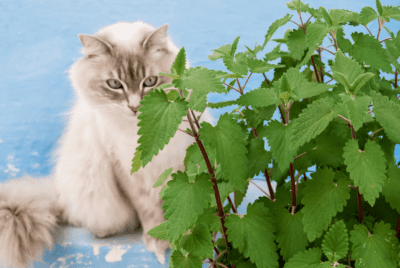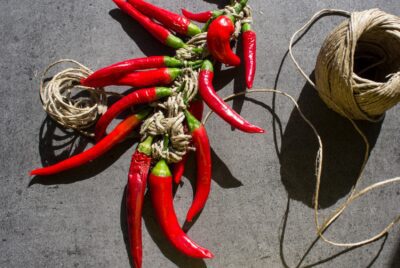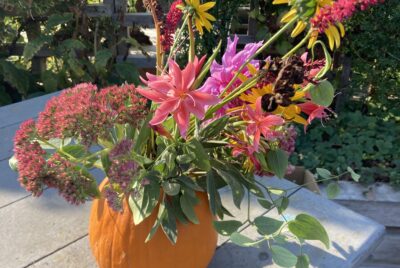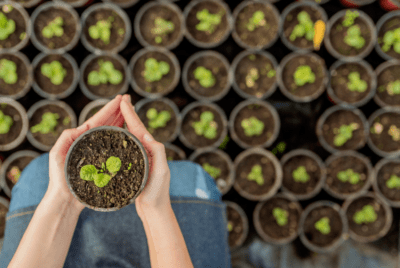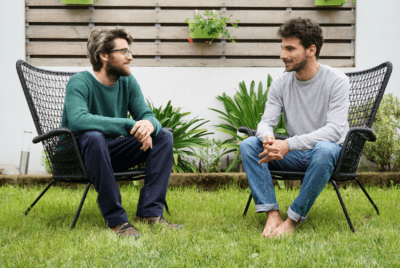RESEARCH
Promotion of Inclusive Society through Therapeutic Sensory Stimulation Garden for the Intergenerational Society
Summary
This paper discusses a project in Malaysia focused on creating a special garden called a Therapeutic Sensory Stimulation Garden (TSSG) at the University of Malaya Medical Centre. The goal was to make a garden that everyone, including older and younger people and those with disabilities, could enjoy and benefit from through sensory experiences. To figure out how to best design this garden, the researchers looked at good examples of sensory gardens in places like the UK, Singapore, and Hong Kong. They also talked to different people who would use the garden, such as therapists, patients, and caregivers, asking them about their experiences and what they liked or didn’t like. Additionally, they held a group discussion with landscape architects and architects to understand the difficulties they face when planning and building green spaces in Malaysia.
The study used a few different methods to gather information. First, the researchers spent time watching how people used the existing garden. Then, they conducted walk-through interviews where they talked to a variety of potential users while walking through the garden to get their direct feedback. They also had a focus group discussion with design professionals to learn about their challenges and experiences. This helped them understand what works well in sensory gardens and what needs to be considered when designing them in Malaysia, taking into account the needs of different generations and abilities.


